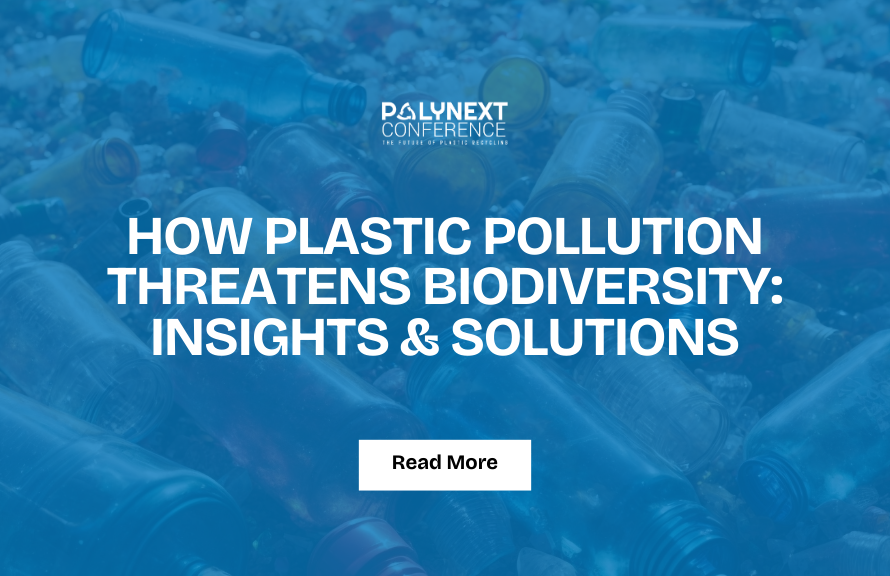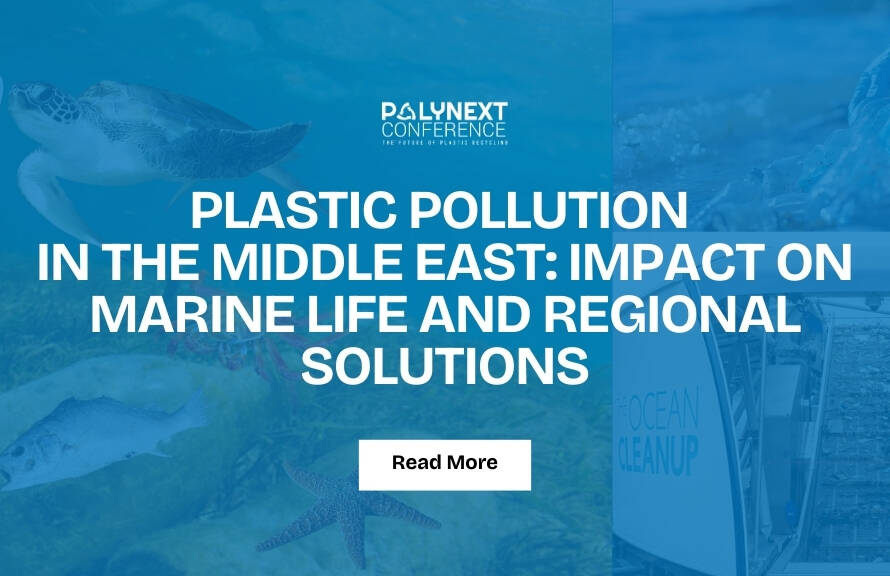Plastic pollution remains one of the most pressing environmental challenges of our time. While policies and corporate innovations are vital, some of the most impactful and inspiring progress stems from the ground up—ordinary people taking extraordinary action through citizen science and grassroots movements.
What Are Citizen Science and Grassroots Movements?
Citizen science empowers volunteers—students, communities, and individuals—to collect, analyze, and share environmental data. This approach democratizes research, turning everyday people into crucial contributors to scientific discovery and policy change.
Grassroots movements are locally initiated efforts, often driven by concerned citizens, that raise awareness, push for policy reform, and foster collective action. These movements frequently collaborate with schools, NGOs, and small businesses to amplify their reach and impact.
How Citizen Scientists Make a Difference
Data Collection: Projects like the Great Global Cleanup and River Plastic Monitoring train people to document plastic waste in their surroundings. Apps like Litterati gamify the process—users upload geotagged photos of litter, creating valuable datasets for researchers and city planners.
Policy Influence: By identifying pollution hotspots and tracking waste trends, citizen scientists provide localized evidence that shapes municipal waste strategies and environmental regulations.
Education and Empowerment: Citizen science boosts environmental literacy. Participants learn about the dangers of plastic waste to ecosystems and public health, inspiring long-term lifestyle changes and advocacy.
Grassroots Movements Leading the Way
Plastic Free July: This global movement started in Australia challenges people to refuse single-use plastics for a month. It now inspires millions worldwide, helping shift consumer behavior and industry practices.
Community Cleanups: From the Surfrider Foundation to youth clubs, local groups organize cleanups in beaches, riversides, and neighborhoods. These events promote stewardship and create visible, immediate results.
Eco-Bricking: In regions with limited recycling, people repurpose plastic waste into “ecobricks”—plastic bottles tightly packed with non-recyclables—used for furniture and construction. These efforts divert waste from landfills and raise awareness of plastic overuse.
Measurable Impact
These citizen-led initiatives drive real change:
Pressuring brands to cut excess packaging or introduce refill and reuse systems.
Achieving local and national wins, such as plastic bag bans and bottle return laws.
Enhancing recycling rates by reducing contamination through education.
Creating open-source data that supports academic research and city planning.
Looking Forward
As plastic pollution persists globally, citizen science and grassroots movements offer hope—and a roadmap for scalable action. They show that you don’t need a lab coat or a political title to make a difference. With passion, tools, and collaboration, everyday individuals are driving solutions that matter.
Whether you’re joining a cleanup, tracking litter with an app, or advocating for smarter policies, your actions count. Together, these collective efforts are shaping a more sustainable, plastic-conscious world.
Tech Spotlight: polyNext
In support of grassroots innovation, platforms like polyNext will gain attention for their role in promoting sustainable materials and alternative packaging solutions. By connecting startups, researchers, and eco-conscious brands, polyNext aims to accelerate the adoption of plastic alternatives. It’s won’t just be a platform—it will serve as a catalyst for collective innovation in the fight against plastic waste.
Reference
ScienceDirect – Citizen science as a tool for addressing plastic pollution



